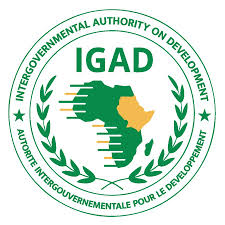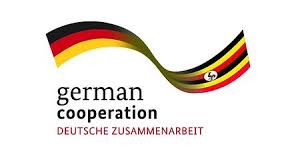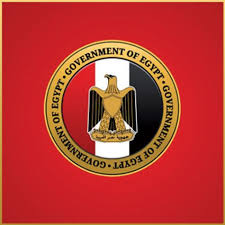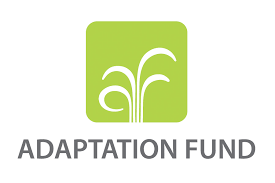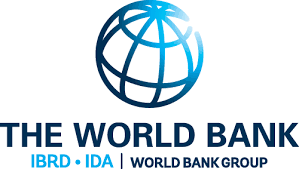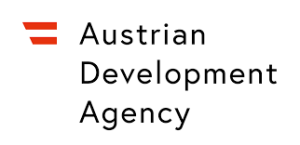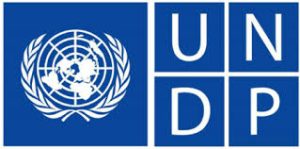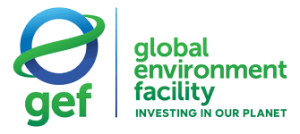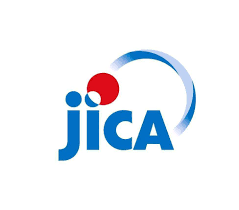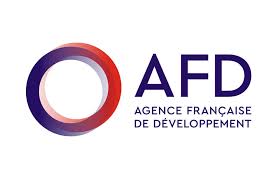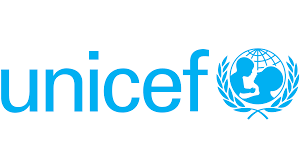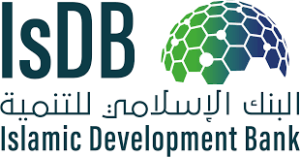ABOUT FIEFOC-3
The Government of Uganda through the Ministry of Water and Environment (MWE)
is implementing the development of three- medium sized irrigation schemes in
northern and eastern regions of Uganda, covering an irrigable area of 1,800 hectares. The irrigation schemes are developed at Unyama (700 ha) in Amuru and Gulu Districts, Sipi (400 ha) in Bulambuli District, and Namalu (700 ha) in Nakapiripirit District under a project code – named Farm Income Enhancement and Forest Conservation Programme – Project 3 (FIEFOC-3). The five –year public sector investment (2023-2028) was designed within the context of the Government of Uganda’s Third National Development Plan (NDP III) and the long –term development strategy, the Vision 2040 both of which promote agricultural infrastructure development, agro-industrialization and household incomes.
The project was also designed following a successful completion of FIEFOC-1, which ended in December 2012 and FIEFOC-2 to be completed by December 2025 respectively. The contribution of FIEFOC-3 is hinged on water sector performance indicator that focuses on harnessing irrigation potential of Uganda for increased agricultural production and productivity and household incomes (Sustainable Development Goal 2), and improving access to Sustainable Water Systems (Sustainable Development Goal 6).
PROJECT DEVELOPMENT OBJECTIVE
The project development objective is to contribute to poverty reduction and economic growth of Uganda
through enhanced agricultural productivity and commercialization, thereby improving household incomes, food security and climate resilience through sustainable natural resources management and agricultural enterprise development.
DEVELOPMENT PARTNERS
The key financiers of the project are the Islamic Development Bank (IsDB) with financial support of USD 86.5 million and Arab Bank for Economic Development in Africa (BADEA) with USD 15.0 million with counterpart funding from the Government of Uganda of USD 10.62 million, totaling USD 112.12million. The project is jointly implemented by the MWE and the Ministry of Agriculture, Animal Industry and Fisheries (MAAIF).
PROJECT LOCATION
The project is implemented in the northern and eastern regions of Uganda, where three irrigation schemes are developed: Unyama in Amuru and Gulu Districts, Namalu in Nakapiripirit District and Sipi in Bulambuli District. Activities under the Integrated Natural Resources Management (INRM) and Agribusiness Development (AbD) Components are implemented across 19 districts within the project catchment areas.
PROJECT COMPONENTS
The four major project components include:
- Agricultural Infrastructure Development
- Agribusiness Development
- Integrated Natural Resources Management
- Project Management and Coordination
Other components include Project Finance, Project Steering Committee and Technical Team inspecting proposed site of Sipi Irrigation Scheme in Bulambuli District 3 Auditing, and Contingency Emergency Response (CER) , thus making a total of 7 project components.
PROJECT DESCRIPTION
Agriculture Infrastructure Development (AID) component focuses on implementation
of three major sub-components. These include:
- Irrigation infrastructure development
- Sustainable management of irrigation schemes through establishments of Farmer Based Organizations (FBO)
- Irrigated agronomy, as well as soil and land
improvements for training farmers on modern agricultural practices.
Agribusiness Development (AbD) component focuses on (i) value chain support
including marketing, agribusiness needs assessment, scoping surveys, promotion of
horticulture and aquaculture in irrigation schemes and catchment areas; (ii) training of
farmer groups, individual farmers and community-based organizations on commodity
collective marketing, financing accessibility, agribusiness skills, food processing
technologies, post-harvest handling and management; and (iii) training on sustainable
utilization of crop value – addition equipment and establishment of demonstration plots
for climate smart agricultural practices.
Integrated Natural Resources Management (INRM) component focuses on
interventions that target restoration of selected degraded lands and river banks within the
irrigation catchment areas, depending on the level of deforestation and status of
environmental degradation. This means INRM activity is implemented in 19 districts
located within the watershed of the river systems feeding the irrigation schemes as shown
in Table 1 below:
Table 1. Districts located within the catchment areas.
| Catchment Area | Districts | No. of Districts | Irrigation Scheme |
| Unyama catchment | Adjumani, Amuru, Gulu and Nwoya | 4 | Unyama Irrigation Scheme |
| Namalu catchment | Moroto, Napak, Nakapiripirit, Nabilatuk, Katakwi, Soroti, Ngora Kumi, and Amuria | 9 | Namalu Irrigation Scheme |
| Sipi Catchment | Amudat, Bukedea, Bukwo, Kapchorwa, Bulambuli, and Sironko. | 6 | Sipi Irrigation Scheme |
The major project beneficiaries include communities living in degraded lands, farmers
adopting agro-forestry practices and conservation farming, as well as technical staff
trained in sustainable conservation and tree planting.
Project Management and Coordination (PMC) component provides resources for the
establishment and operations of project coordination unit based in Kampala, and regional
project implementation units located at project areas; coordinate mid – term reviews,
organize exposure visits for good practices in irrigation schemes management and
business model assessment of irrigation and drainage systems.
Project Financial Audit Services provides financial audit services to the project, including
examination of project financial expenditures, special accounts and bank statements. The
Office of the Auditor General of Uganda is mandated by the Constitution of the Republic
of Uganda to undertake financial audit of public funds. It will be in charge of auditing the
project either through its own resources or external independent auditing firms. The
project audit year will be in accordance with the Government Budget Year.
Contingency Emergency Response Component is embedded as a stand – alone
component. The component comes into force when there is an emergency during project
implementation and the Government wishes to reallocate funds in accordance with the
Bank’s procedures.
Table 2. Key Result Framework Indicators
| No. | Outcome Indicators (2028) | Measure |
| 1 | Percentage increase in number of farmers applying advanced irrigation techniques | 0 -50% |
| 2 | Percentage increase in yields of major crops | 25-50% |
| 3 | Percentage increase in improvement of rural household incomes. | 25-50% |
| 4 | Percentage increase in farmers’ incomes. | 0 (U$788) – 32% (USD 1039) |
| 5 | Percentage increase in water efficiency for secondary canals. | 50-70% |
| 6 | Percentage increase in water efficiency for tertiary canals. | 45-80% |
| 7 | Number of small medium enterprises established and promoted. | 328 |
| Output Indicators (2027) | ||
| 1 | Number of medium sized irrigation schemes constructed in northern and eastern regions. | 3 |
| 2 | Total area of land developed under 3 irrigation schemes at Unyama (Amuru and Gulu districts), Namalu (Nakapiripirit district), and Sipi (Bulambuli district). | 2900 ha |
| 3 | Length of irrigation and drainage canals constructed | 360 km |
| 4 | Number of machineries provided per scheme | 7 met stations, 7 office blocks, 10 tractors, 8 backhoes and 4 excavators |
| 5 | Number of gender responsive Farmer Based Management Organizations (FBMO) / Water User Associations (WUA) established. | 8 (30% women and 10% youth) |
| 6 | Number of farmers trained in entrepreneurship, business skills, value addition and post – harvest handling technologies. | 15,200 |
| 7 | Number of farmers linked to markets | 12,700 |
| 8 | Number of trees plants (seedlings) distributed to farmers. | 11 million |
| 9 | Number of project beneficiaries trained in natural resources management. | 20,360 |
| 10 | Number of districts under, which INRM catchment activities will be implemented. | 19 |
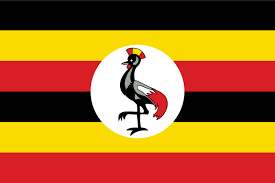 Official Website of the Ministry of Water and Environment
Official Website of the Ministry of Water and Environment




